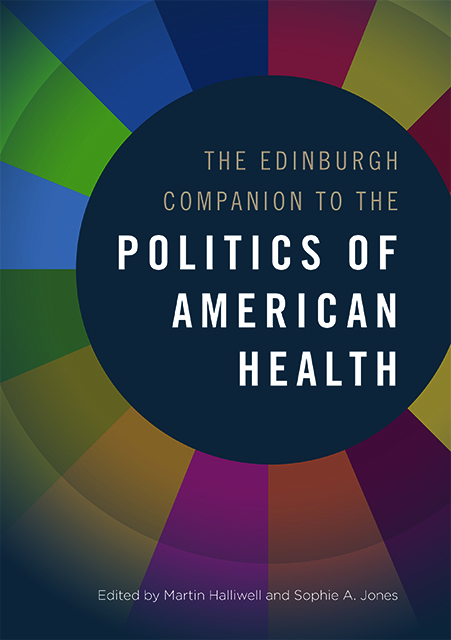Book contents
- Frontmatter
- List of Contents
- Notes on Contributors
- Introduction: The Political Landscapes of American Health, 1945–2020
- I Geography, Community and American Health
- II Critical Health Conditions: Debates and Histories
- III The Politics of Children's Health
- IV The Institutional Matrix of Health Care
- V The White House, Congress and Health Reform
- VI Justice, Ethics and American Health
- VII Public Health and Global Health
- General Bibliography
- Index
5 - American Indian Health: The Medicine Wheel versus the Iron Triangle
Published online by Cambridge University Press: 12 August 2023
- Frontmatter
- List of Contents
- Notes on Contributors
- Introduction: The Political Landscapes of American Health, 1945–2020
- I Geography, Community and American Health
- II Critical Health Conditions: Debates and Histories
- III The Politics of Children's Health
- IV The Institutional Matrix of Health Care
- V The White House, Congress and Health Reform
- VI Justice, Ethics and American Health
- VII Public Health and Global Health
- General Bibliography
- Index
Summary
In the United States there are huge gaps in health care access, treatment and health outcomes between its various demographics. Nowhere is this gap more marked than between Indigenous groups and the dominant, mostly white, population. The health status of American Indians/Alaska Natives is among the worst in the US and, even within this population, there are variances across reservation-based, rural and urban populations. Life expectancies on some reservations are the lowest not only in the US and in ‘Indian Country’, but also in the Western hemisphere. ‘Indian Country’ is a legal term to include reservations, trust and Pueblos lands and certain American Indian communities largely found west of the Mississippi River.
It is astonishing to understand that these current life expectancies on some reservations reflect life expectancies of the white population over a century ago, in the early 1900s. In stark contrast to white American women whose average life expectancy at the time of writing is 81 years, reservations in North and South Dakota have average life expectancies at birth in the forties and fifties for men and women respectively. Equally disturbing is that these health equity gaps have rarely been a priority of US federal health policy.
This chapter assesses who is identified as an American Indian/Alaska Native both in the eyes of the federal government and by community identification, and why it matters; what their population numbers look like at present following historic lows; and what their current health concerns are, including the implications of the Covid-19 pandemic. The chapter also describes the historical roots of federal government actions that have resulted in charges of genocide and ongoing historical traumas, the consequences of which contribute to the persistent low health status, life expectancies and population levels. In order to juxtapose the federal health care system with Indigenous health cultures the chapter contrasts the concept of the Iron Triangle, symbolizing the approach of the federal government to health care, with that of the Medicine Wheel, drawn from a holistic notion of health common to Indigenous cultures. These competing concepts can be thought of as ‘a square peg in a round hole’, but to reach the end of achieving optimum and equitable health for American Indians/Alaska Natives the puzzle must be solved.
- Type
- Chapter
- Information
- The Edinburgh Companion to the Politics of American Health , pp. 81 - 100Publisher: Edinburgh University PressPrint publication year: 2022

